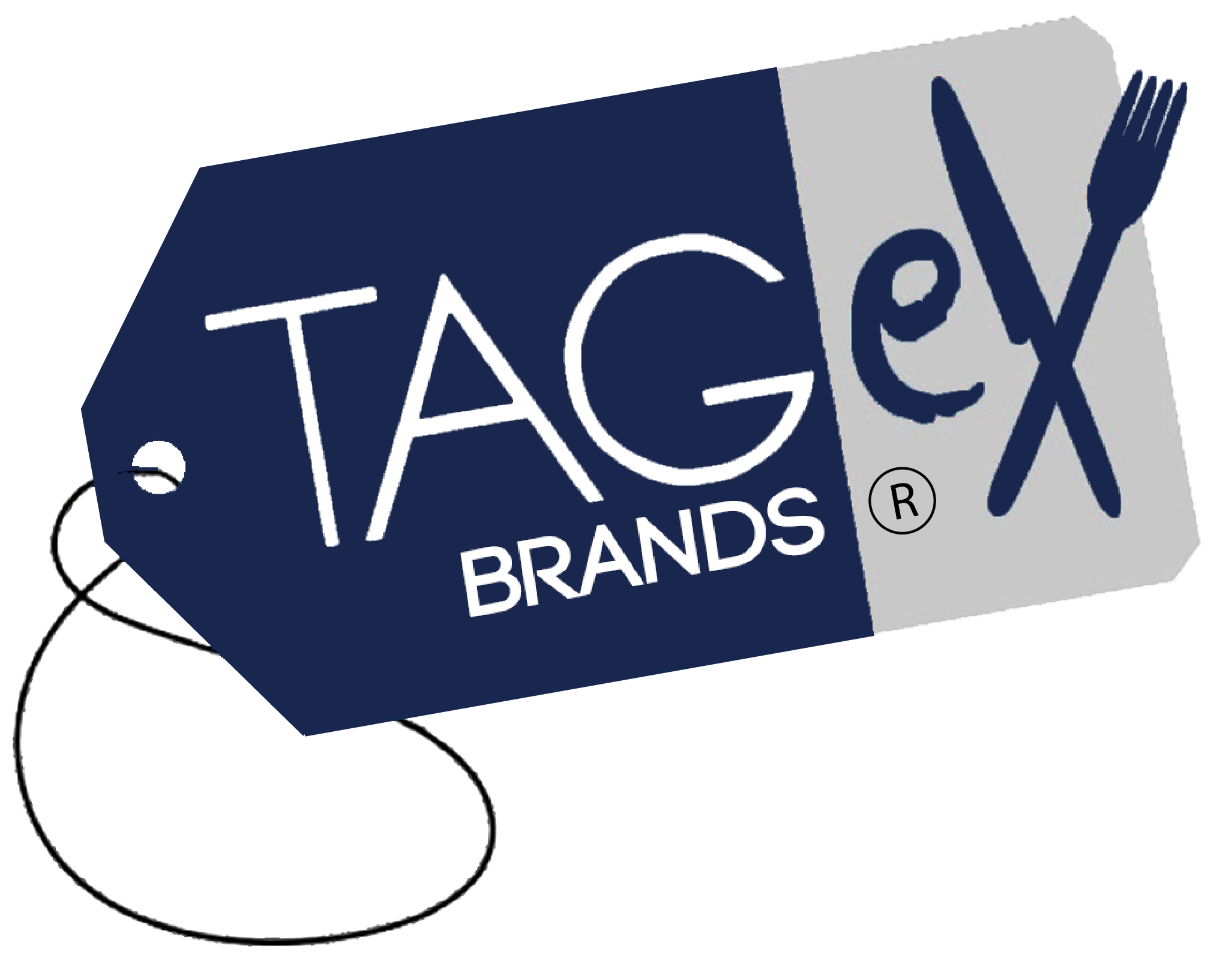According to Upserve Restaurant Insider, in partnership with Upserve, Numerator is highlighting the ways restaurants can drive more customers through smarter advertising, and leverage technology to increase profits.
We’ve previously discussed how restaurants can use tech to boost margins and increase profits, and now we’ve identified several instances of restaurants incorporating these tech solutions into their advertising strategies.
As technology continues to evolve the way restaurants operate, so too do the messages they communicate to customers via advertising.

Online Ordering and Delivery
In addition to simply being listed on third-party delivery service websites, restaurants are taking an active approach in letting their customers know how and where they can get their food delivered to them. Many quick-service restaurants have partnered with specific apps to offer delivery like McDonald’s and Uber Eats, Wendy’s and DoorDash or Taco Bell and Grubhub. Advertisements from these brands mentioning third-party delivery apps were virtually non-existent in 2016, but have since sky-rocketed to be included in ads appearing across all mediums.
What was once a service dominated by pizza places, delivery is now an option for any restaurant and is a convenient way to increase profit with little in-house overhead. The technology delivery boom has made purchasing from restaurants more convenient than ever while offering restaurants another touch-point to communicate in their ads.
Social Media
Social media is a great way for brands in any industry to connect directly with their customers. You can learn what interests your core customers not only by monitoring what is being said about you, but by monitoring the interactions with the posts and content you create. After a drop in 2016, advertising for restaurants on social media has risen steadily over the past two years.
As restaurants uncovered what resonates with their audiences via social media, the content they produce has changed and grown. In 2018, 44 percent of all image-based ads from restaurants ran on their social channels (as compared to 37 percent in 2017 and 27 percent in 2016). Image-based ads focused on the brand itself: what they do in the community, how they celebrate holidays, who they employ, and even how they roast their competitors. These aren’t ads promoting a specific product or price point, and they’ve found a home on social media.
Most people use social media as a tool for keeping in touch with friends and family, so it makes sense that we wouldn’t want it cluttered with ads for a deal, but rather content that makes the companies we like seem more human, as if they’re just one of us. Restaurants are getting behind this is a big way and joining in on online celebrations for holidays, from Valentine’s Day to Teacher Appreciation Day, following along with major sporting events, or simply sharing memes relevant to their brand.
As technology continues to evolve the way restaurants operate, so too do the messages they communicate to customers via advertising. Whether it be new options for delivery, or an emerging media channel to connect with customers. Nothing happens in a vacuum—it all contributes to the greater ecosystem surrounding a business, requiring a true 360-degree omnichannel view.
